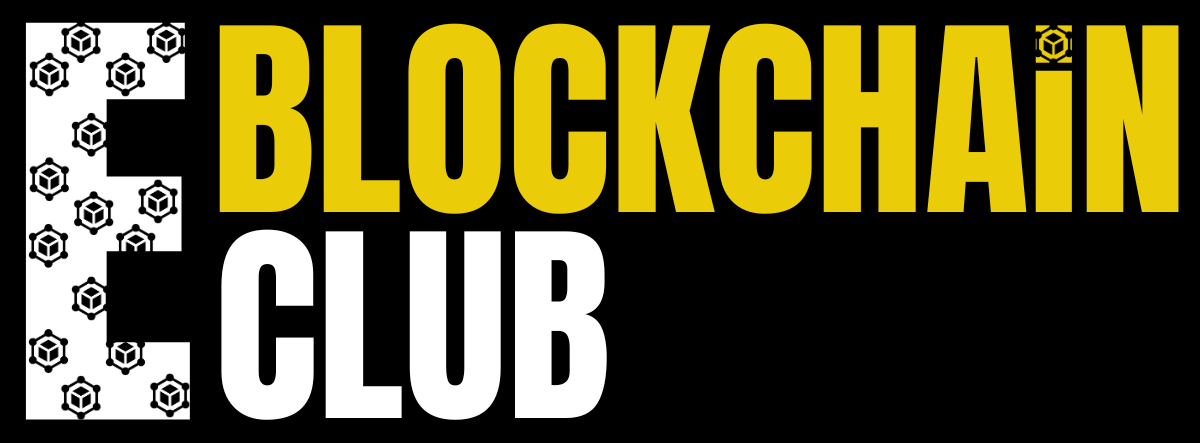How high could Cardano go? Well, Blockchain space has pickedup the pace in the last decade pretty much after the bitcoin trade become more popular. Ethereum being the second favourite among the daily traders of coins. However we find Cardano, a different flavour of blockchain, as real breakthrough amidst these chaos.
But what makes it Cardono? Let’s see step by step into that “What’s” and “How’s” of it.
What is Cardano?
Cardano was founded by Charles Hoskinson, one of the original founders of Ethereum. The development of the Cardano platform started in 2015.
Hoskinson had a vision to address the three most important challenges facing all blockchain networks: scaling, interoperability and sustainability.
In 2017, the platform went live, and with it the associated cryptocurrency ADA. Here are three main players who have taken on the main responsibility for the further development of Cardano’s protocol and ecosystem.
- IOHK: a for-profit organization with a primary focus on developing the Cardano platform.
- The Cardano Foundation : A not-for-profit foundation with the aim to protect, develop and standardize the Cardano Protocol.
- Emurgo : Its a global technology company dealing with commercial implementation of Cardano
How does Cardano Work?
Other blockchains in the crypto world have a mechanism called “Proof of Work“. Cardano doesn’t use “Proof of Work”. It uses “Proof of Stake” mechanism. Comparing it with Proof or work, Proof of stake becomes a little different in terms of computation. Here the users of the the cryptocurrency commit their stake in order to validate their stake on the transaction of the blockchain.
By this if somebody tries to manipulate the blockchain by tricking in the information then they loose money by ADA. In this sense the algorithm that is the proof of stake gives penalty to the user who tries to manipulate the transaction with the tampered information. But at the same time if the user is verifying the transaction then they are rewarded by more ADAs.
A stake pool acts as a validator or node on the Cardano network, and consists of a stake pool owner who maintains the node, and a collection of participants who commit ADA to the stake pool. This Proof of Stake mechanism in Cardano is called “Ouroboros“.
Lets see the steps followed by “Ouroboros” to know its working.
- Each block in the blockchain is divided into what are called slots, and information and data related to the blockchain are stored in each slot.
- A collection of so-called slots is called an epoch.
- The mechanism randomly selects various stake pools as so-called slot leaders. A slot leader is given the responsibility of creating a new block on the blockchain by verifying the transactions that are in the selected slot.
- Each time a slot leader produces a new block that is approved on the block chain, the owner and participants in the current stake pool receive a reward in the form of ADA. A new block is created approx. every 20 seconds in the Cardano blockchain.
So just to have an example, consider a person who owns ADA can earn rewards in two ways: either by committing their ADA to a stake pool run by someone else (participant), or by operating their own stake pool (owner). Operating your own stake pool requires some technical knowledge.
Facts about Cardano:
So Cardano postions itself as a 3rd generation blockchain. It aims to address scalability, sustainability, and security concerns often associated with earlier generations. Unlike the Bitcoin’s energy-intensive Proof-of-Work (PoW) or Ethereum’s transitioning Proof-of-Stake (PoS), Cardano utilizes its own PoS called Ouroboros.
Cardano Upcoming Roadmap:
Looking at the pace at which the development of this blockchain is progressing let us now take a look at what there founders think in the plan. The roamap of Cardano is mainly divided into 5 parts as follows
- Voltaire Upgrade: Scheduled for March 2024, the Voltaire upgrade introduces on-chain governance, allowing ADA holders to directly vote on protocol parameters and proposals. This empowers the community and fosters decentralization.
- Hydra Upgrade: Launching in phases throughout 2024, Hydra is a sidechain scaling solution designed to handle millions of transactions per second. This significantly enhances Cardano’s scalability for large-scale dApp adoption.
- CIP-1155 Multi-Asset Standard: Expected in Q1 2024, CIP-1155 introduces a new standard for representing and managing multiple fungible and non-fungible tokens on the Cardano blockchain. This opens doors for diverse tokenized assets and innovative dApps.
- Minority Forking Soft Fork (MFSF): Planned for Q2 2024, MFSF aims to improve network resilience and prevent hard forks by enabling soft forks without requiring miners to agree unanimously. This enhances flexibility and adaptability.
- Plutus Application Backend (PAB): Targeting late 2024, PAB simplifies smart contract development by providing a user-friendly interface and tools for writing and deploying Plutus contracts. This lowers the barrier to entry for developers and fosters further dApp ecosystem growth.
Cardano Ouroboros Consensus:
Consensus in Cardano is nothing but a process of reaching a majority opinion of the nodes. An agreement must be made on which blocks to produce, which chain to adopt and to determine the single state of the network. The consensus protocol determines how individual nodes assess the current state of the ledger system and reach a consensus.
The protocol has three main responsibilities:
- Perform a leader check and decide if a block should be produced
- Handle chain selection
- Verify produced blocks
Cardano Future and Market chart update

The above chart depicts the very recent and futuristic view of how the Cardano blockchain is going to make a difference in the blockchain world. The below shows the current trading chart from TradingView.
Interested in knowing about Blockchain and Cryptos? Read our blog eBlockchain Club.

